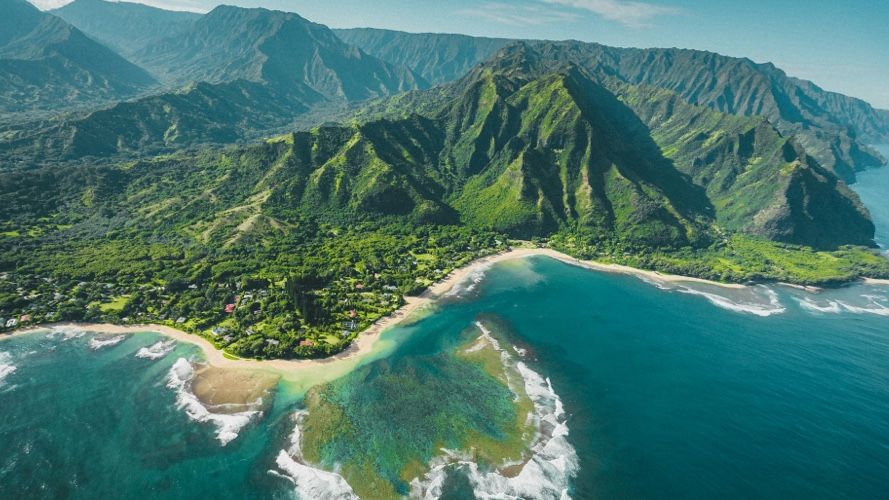- What age range do Hawaii summer camps serve?
- Most programs accept children ages 6–17. Specialty camps may have narrower age brackets, such as teen adventure programs or early childhood day camps.
- Are water safety measures emphasized?
- Absolutely. Given the prevalence of ocean and water-based activities, lifeguards, trained instructors, and strict safety protocols are standard.
- Do camps provide gear for activities?
- Many supply surfboards, snorkels, paddles, and other equipment. Campers are typically responsible for personal gear like swimsuits, rash guards, and reef-safe sunscreen.
- Can campers with allergies or dietary needs be accommodated?
- Yes-many camps can adjust meals for allergies, vegetarian, vegan, or gluten-free diets. Always confirm directly with the camp.
- Will my child learn about Hawaiian culture?
- Yes, many camps integrate Hawaiian traditions into daily activities, from hula and lei-making to learning key Hawaiian phrases.
- How do campers communicate with family?
- Overnight camps may allow limited calls or emails, while day camps often rely on in-person updates. Policies vary widely.
- What should campers pack for a Hawaii summer camp?
- Lightweight, breathable clothing, multiple swimsuits, a rash guard, sandals or water shoes, and plenty of reef-safe sunscreen. A reusable water bottle is essential.
- Are sibling discounts or multi-week rates available?
- Some camps offer sibling or extended stay discounts-always ask when booking.
